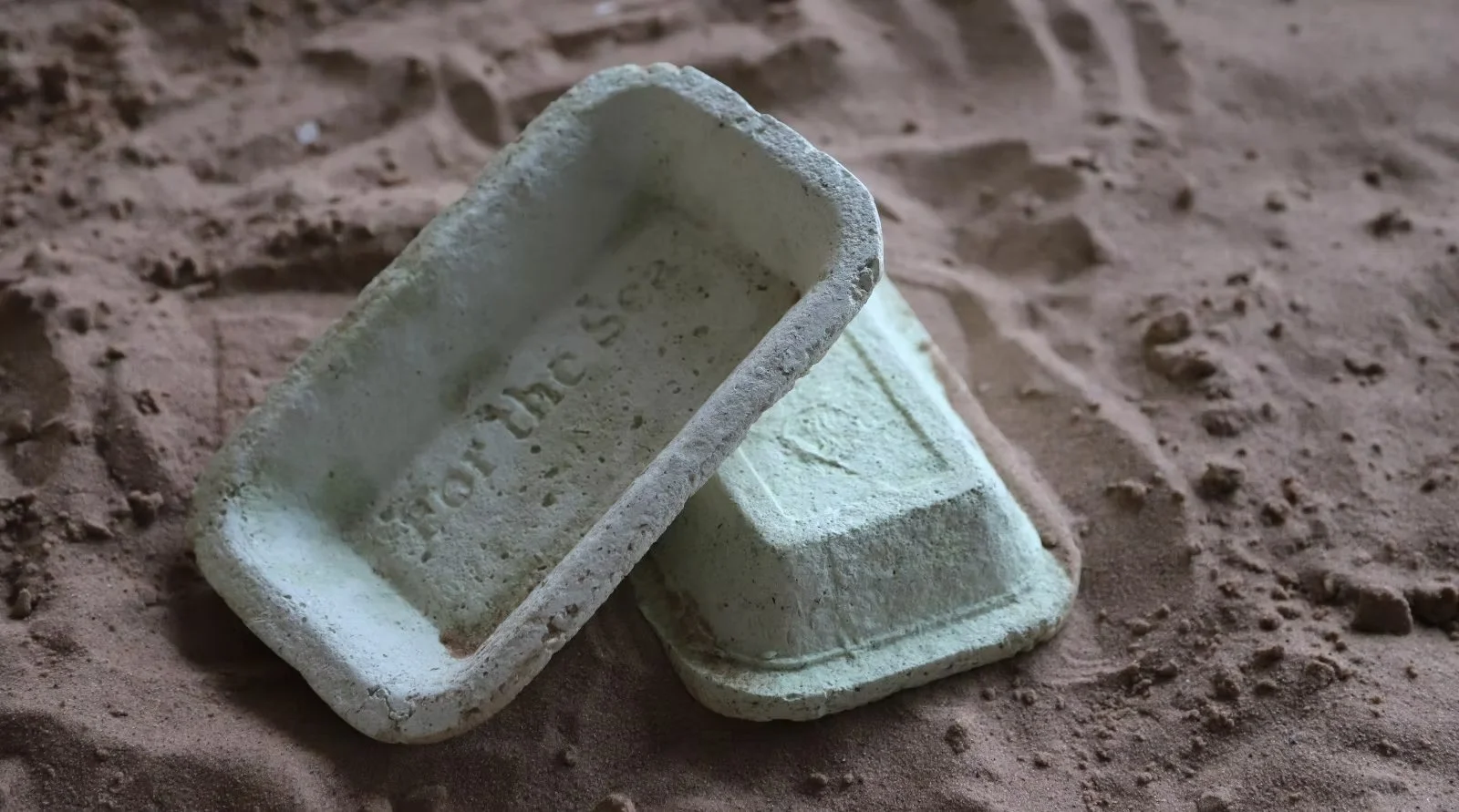A Drop In The Ocean
A functional object for seashore activities made out of regenerative materials to raise awareness of ocean acidification
Over-absorption of atmospheric carbon dioxide by the ocean lowers its pH, which has caused a 30% increase in ocean acidity since the industrial era. This change is slowly starting to harm marine ecosystems, but is overlooked by the public as people tend to see the needs of humans as a priority without thinking about the needs of ecosystems. Some vulnerable places like Madagascar and the Great Barrier Reef are already seeing the effects of this issue, but it is still too early to identify other specific places where it is happening.
In recent decades, scientists, policy makers and engineers have been seeking solutions to the issue, grouping these into what is known as ‘Ocean NETs’ [Negative Emission Technologies], ranging from natural solutions such as Mangroves to man-made artificial technologies such as carbon capture and storage facilities. But these propositions need financial help from governments and years of planning to be put in place. So how can we, as a collective, help with ocean ecosystem regeneration, from the individual to the global scale?
This project tackles the issue of ocean acidification from the root of CO2 emissions by replacing fossil fuel-based materials used for beach activity objects with pH-neutralising natural reclaimed materials [oyster shells], natural CO2 absorbing minerals [Olivine] and natural seaweed binders, which not only cuts down CO2 emissions but also has the added value of helping to regenerate ecosystems at the end of life of the product.
If the 7.87 billion people on Earth were to start using this product as much as people use traditional plastic objects on the beach, we could collectively act as a global agent for deacidification all around the world.
Santa Ramaherison
santa.rsn@gmail.com

